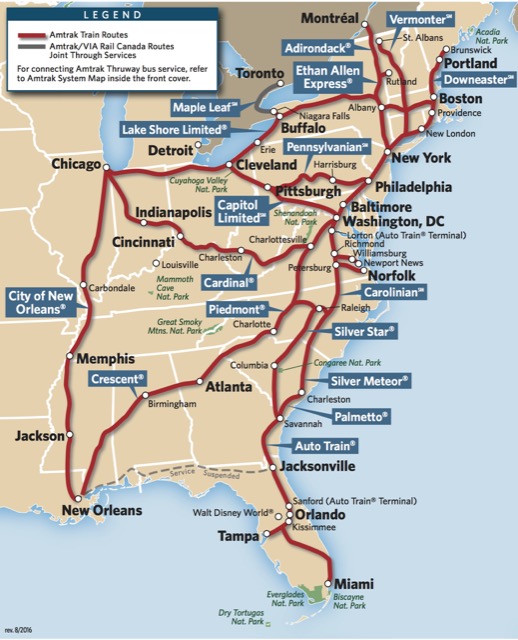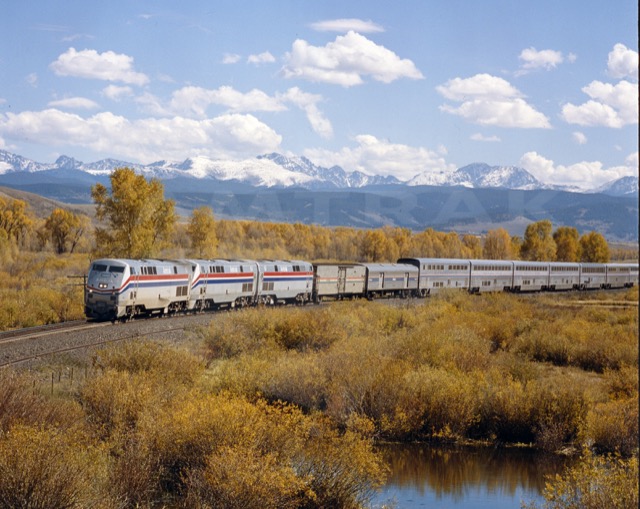The wreck of the 501–the Amtrak train that crashed near Seattle on Monday–is raising lots of questions about Amtrak operations, but they aren’t always the right ones. Here are some questions that should be asked and some of the Antiplanner’s preliminary answers. Answers from Amtrak (the operator), FRA (the funder), Sound Transit (the track owner), or WSDOT (the train owner) may differ.
1. Congress required passenger railroads to install positive train control (PTC) by the end of 2015. Why did the Federal Railroad Administration (FRA) give money to the Washington Department of Transportation (WSDOT) for a new passenger rail line that would not open until after 2015 when the project didn’t guarantee funding for positive train control?
Answer: The Obama administration wanted to distribute high-speed rail funds to as many states as possible in order to build political backing for the program, so it couldn’t be bothered with positive train control. The tracks the train was on are owned by Sound Transit, which says it is installing PTC, but it won’t be finished until spring. Public releases of WSDOT’s application for funds for this train didn’t mention PTC. Continue reading









